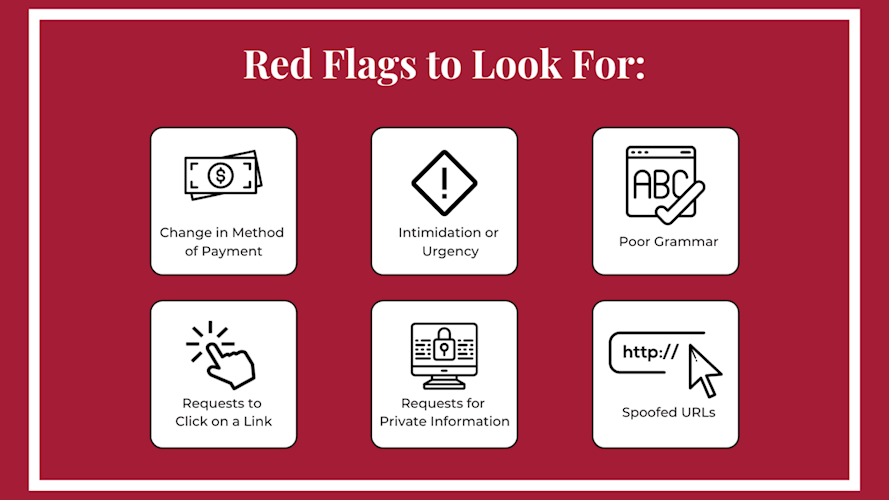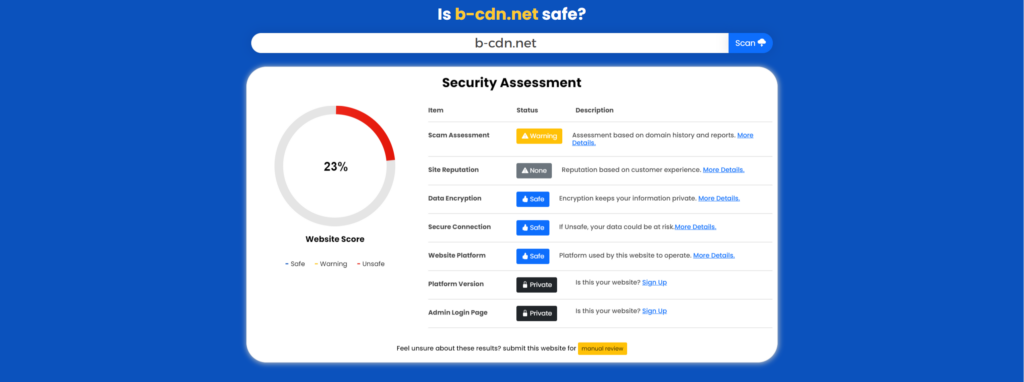
In today’s digital world, text message scams have become increasingly common. Cybercriminals use various tactics to trick individuals into revealing personal information or clicking on malicious links. This guide will help you recognize common text message scams, identify red flags, and learn how Checksite.ai can assist in staying safe online.
Table of Contents
Common Text Message Scams
Text message scams, also known as SMS phishing or smishing, come in various forms. Here are some of the most common types:
- Fake Shipping Notifications: These messages claim to be from delivery companies, notifying you of a package that requires action. The link provided often leads to a malicious website.
- Bank Alerts: Scammers pose as banks, alerting you to suspicious activity on your account. They prompt you to click on a link or provide personal information to resolve the issue.
- Tech Support Cons: These messages claim there is an issue with your computer or phone and urge you to contact tech support, which is actually a scammer looking to steal your information.

Red Flags to Look For
Recognizing the signs of a scam text message can save you from falling victim. Be on the lookout for these red flags:
- Urgency: Scammers often create a sense of urgency, pressuring you to act quickly without thinking.
- Bad Grammar: Many scam messages contain spelling errors and poor grammar, indicating they are not from legitimate sources.
- Suspicious Links: Hover over links to see the URL before clicking. If it looks suspicious or unfamiliar, do not click.
How to Stay Safe
Protect yourself from text message scams with these practical tips:
- Verify Information: If you receive a suspicious message, contact the supposed sender directly using a known, trusted number or website.
- Do Not Click on Unknown Links: Avoid clicking on links in unsolicited messages. If in doubt, type the URL directly into your browser.
- Use Security Tools: Utilize tools like Checksite.ai to scan and verify the safety of websites before providing any personal information.

Using Checksite.ai
Checksite.ai is a valuable resource in your online safety toolkit. Here’s how it can help:
- Visit Checksite.ai: Go to the website and enter the URL from the suspicious text message.
- Perform a Scan: Initiate the scan to check for security vulnerabilities, reputation issues, and scam risks.
- Review the Report: Analyze the comprehensive report provided by Checksite.ai to determine the trustworthiness of the website.
- Make an Informed Decision: Based on the report, decide whether to proceed or avoid the website.
By using Checksite.ai, you can make informed decisions about the websites you interact with, enhancing your online safety without needing advanced technical knowledge.
Conclusion
Text message scams are a prevalent threat in today’s digital landscape. By recognizing common scams, identifying red flags, and using tools like Checksite.ai, you can protect yourself and stay safe online. Always stay vigilant and double-check before clicking on links or providing personal information.
